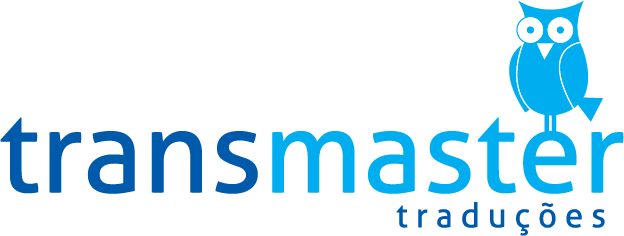In casual conversations with colleagues at translation conferences and other events, one topic that always comes to light is the fear of machine translation.
As an early adopter of MT (I’ve been working with it for about 10 years), I see that there is still a lot to do and to explain so that translators and reviewers alike can embrace MT and MTPE without suspicion. The list below can serve as a simple guideline for beginners:
- When your client offers you a new MTPE job, make sure to ask what quality level is expected for that specific project/account.
- When you receive the job, first read all project specifications and make sure to have a look at the output to try to foresee potential issues (segments ignored by the engine, broken tags, formatting problems and other recurring errors).
- During the first few hours of work, try to estimate your productivity. If you are spending the same amount of time with MTPE that you would for a translation from scratch, either the output is not good enough or your approach in relation to the job is wrong.
- If the output is not good enough to boost your productivity by at least 30%, take the problem to the customer.
- It’s essential to try to use as much of the output as possible. Don’t make excessive style changes, don’t change unnecessary words (synonyms) and don’t be picky. Otherwise, you will end up spending a lot of time and the MTPE job won’t make any sense to you.
- Pay attention to the machine-translated content that you are editing, and you will notice patterns of errors made by the machine. At the end of your editing, use QA tools (such as Xbench) to run different checks or search and replace key terminology to guarantee that the job is consistent.
- If possible, provide feedback on the MT output quality to your client.
Any further ideas and/or contributions?

Andrea Gonçalves Pinto

